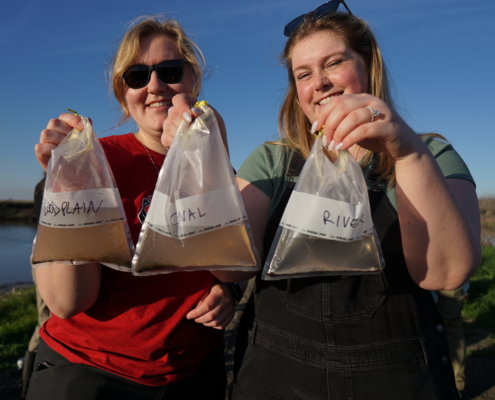 https://psf.ca/wp-content/uploads/2025/05/DSC03618-scaled-e1747263743451.jpg
667
1000
Braela Kwan
/wp-content/uploads/2022/04/PSF-Logo-2022-min.png
Braela Kwan2025-05-15 10:00:282025-06-03 13:46:05Reviving floodplains for salmon in the Fraser River
https://psf.ca/wp-content/uploads/2025/05/DSC03618-scaled-e1747263743451.jpg
667
1000
Braela Kwan
/wp-content/uploads/2022/04/PSF-Logo-2022-min.png
Braela Kwan2025-05-15 10:00:282025-06-03 13:46:05Reviving floodplains for salmon in the Fraser RiverProject Overview
Drawing on lessons from California’s Nigiri Project, a pioneering effort by CalTrout and UC Davis in the Sacramento Valley, the Pacific Salmon Foundation (PSF) is advancing a multi-benefit land use model for the Fraser Valley.
The project explores opportunities to create habitat through seasonally reintroducing shallow water onto select agricultural fields for a period of six to 12 weeks during the non-growing season. This creates temporary, highly productive rearing habitat for juvenile salmon while maintaining the field’s primary use for agriculture for the remainder of the year.
This model exemplifies how agricultural landscapes can be managed to deliver ecological restoration alongside working land use, unlocking co-benefits for farmers, communities, and wildlife. PSF and partners are actively collaborating with producers, First Nations, the Lower Fraser Fisheries Alliance, and conservation stakeholders to explore suitable sites and implementation pathways.
For further information or participation opportunities, please contact Marissa Waddell at mwaddell@psf.ca.
Concept Background
Floodplain habitats are among the most productive freshwater environments for juvenile salmonids. When reconnected to river systems, these habitats offer abundant invertebrate food resources and slow-moving, shallow waters that provide refuge from predators and high flows. Juvenile salmon rearing in these environments experience faster growth rates, improved health, and greater chances of survival to adulthood.
The seasonal reintroduction of floodplain habitat is particularly impactful during the early life stages, when access to high-quality habitat can significantly influence overall population resilience. Today, the Fraser Valley remains both a productive agricultural hub and a key ecological corridor, creating an urgent need for integrated approaches that balance food security with habitat restoration.
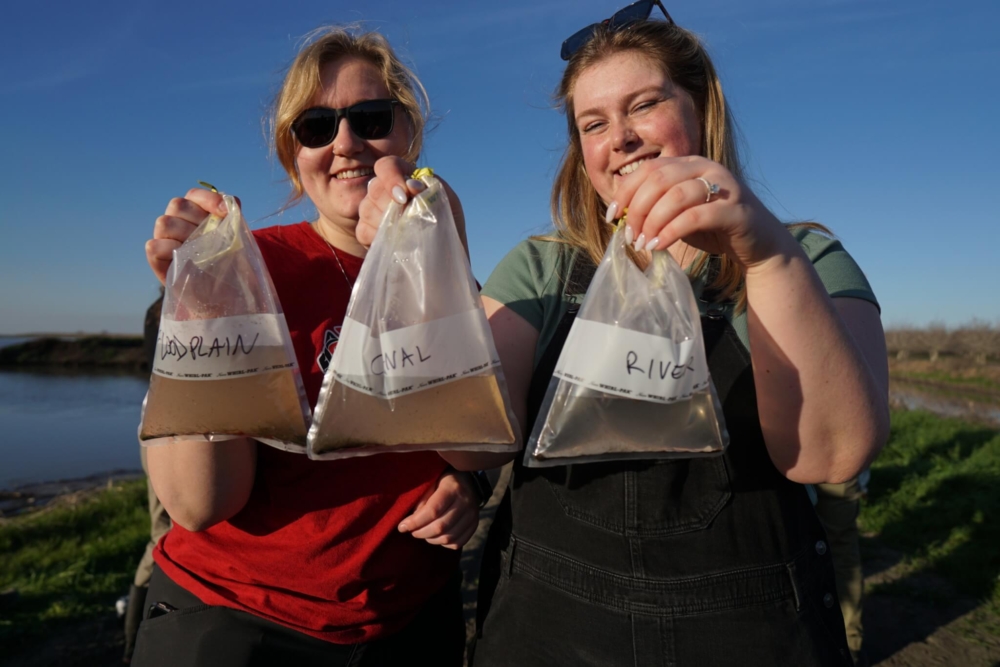
Key Benefits
- Enhanced salmon rearing habitat, with abundant food and refuge conditions that support growth and survival.
- Increased biodiversity, including benefits to waterfowl, amphibians, and freshwater fish that utilize temporary wetlands.
- Groundwater recharge, as seasonal inundation promotes infiltration and supports aquifer health.
- Flood resilience, by providing controlled water storage capacity during high flow events.
- Agricultural compatibility, with land use preserved during the growing season and potential for financial incentives or compensation for participating landowners.
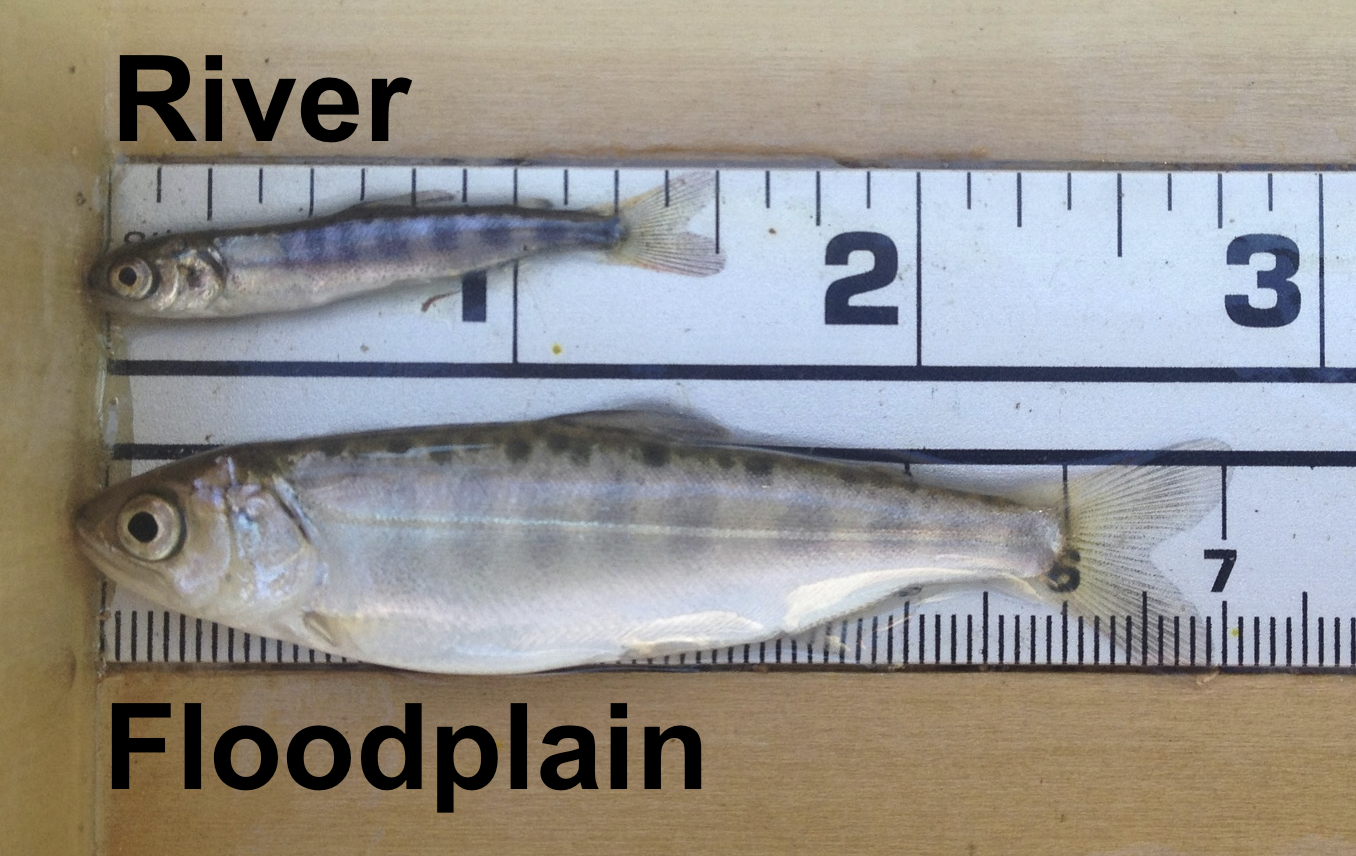
Building Toward Implementation Through Collaboration
PSF is currently working with an advisory committee, local farmers, First Nations, the Lower Fraser Fisheries Alliance, and other stakeholders to lay the groundwork for a future pilot project. By aligning conservation goals with the practical realities of working lands, this initiative aims to demonstrate that salmon habitat restoration and farming can coexist, delivering social, ecological, and economic benefits.
This project lays the groundwork for a pilot demonstration in the Fraser Valley, aiming to validate the ecological, social, and economic value of multi-benefit land use.
Through collaborative planning, strong partnerships, and shared goals, PSF is working to show that it is not only possible, but essential, to design landscapes that support both food systems and wild salmon recovery.
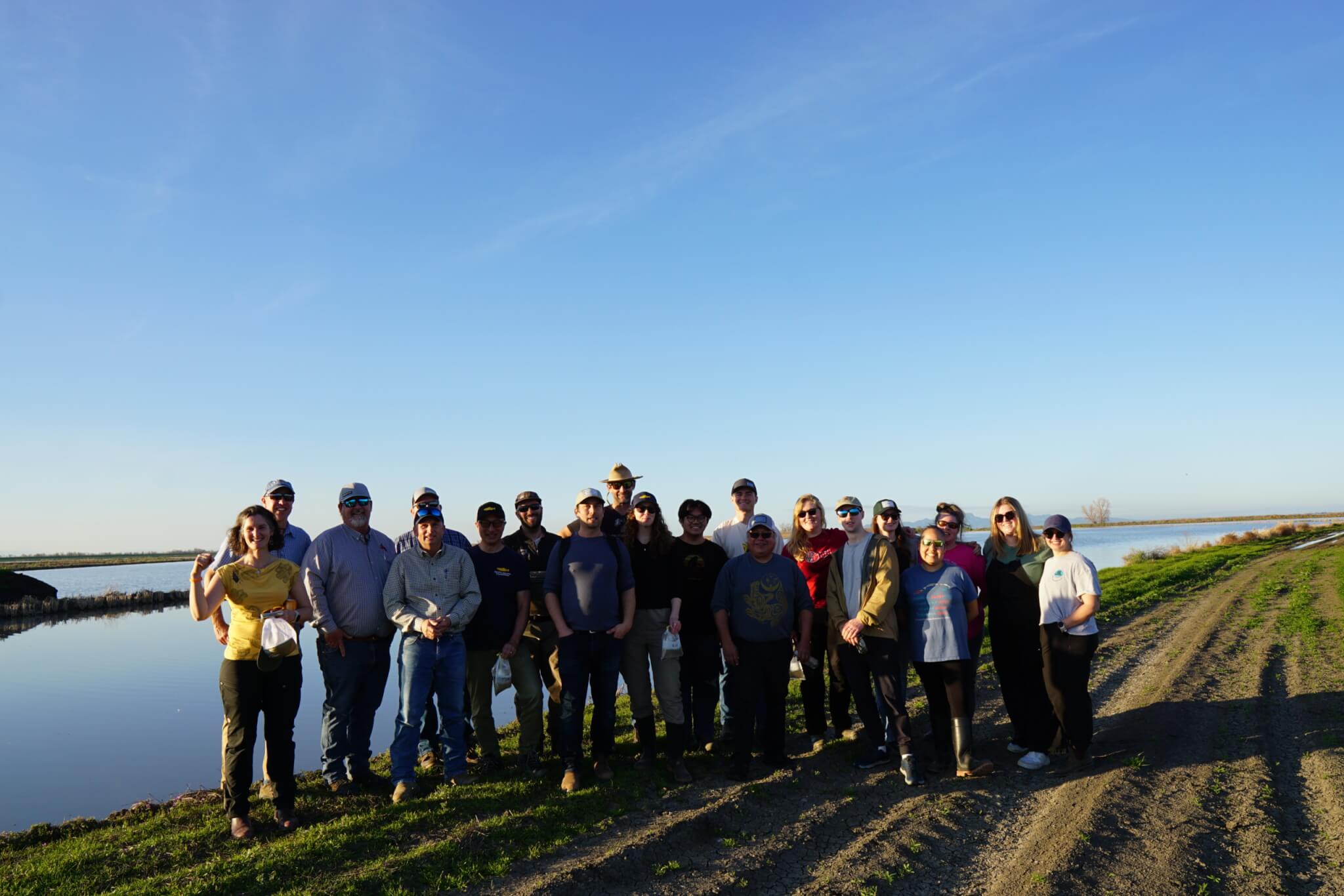
Opportunities for floodplain re-engagement
This map displays areas of opportunity for floodplain re-engagement in the Lower Fraser, with individual layers highlighting specific elements, such as B.C. farms, fish-friendly control structures, and Agricultural Land Reserve (ALR) zones.
Click on the map to open up the interactive mapping tool.
PSF’s Salmon-Agriculture project is currently in the planning stages and has not identified any specific sites for this project yet. As part of the Salmon in Agriculture project we are working toward developing a site-specific pilot plan to re-engage floodplain habitat for Pacific salmon.
Other Resources
CalTrout Nigiri webpage: Nigiri Project | California Trout
News and stories
 https://psf.ca/wp-content/uploads/2025/05/DSC03618-scaled-e1747263743451.jpg
667
1000
Braela Kwan
/wp-content/uploads/2022/04/PSF-Logo-2022-min.png
Braela Kwan2025-05-15 10:00:282025-06-03 13:46:05Reviving floodplains for salmon in the Fraser River
https://psf.ca/wp-content/uploads/2025/05/DSC03618-scaled-e1747263743451.jpg
667
1000
Braela Kwan
/wp-content/uploads/2022/04/PSF-Logo-2022-min.png
Braela Kwan2025-05-15 10:00:282025-06-03 13:46:05Reviving floodplains for salmon in the Fraser River